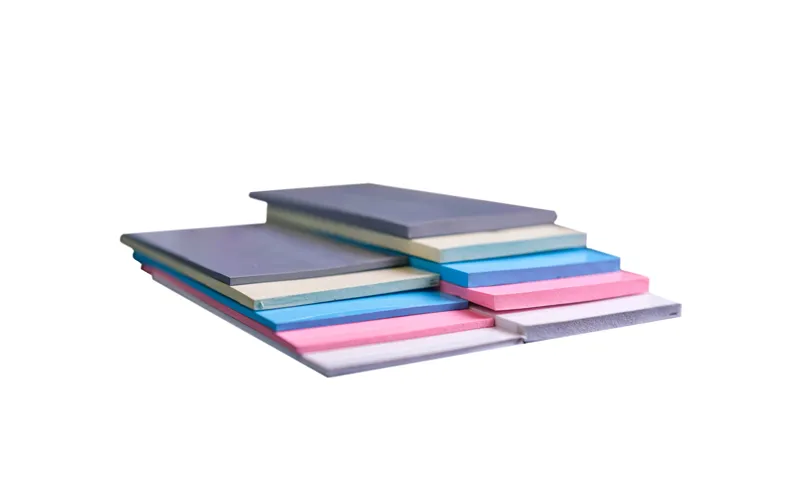The Thermal Conductivity of TIM Depends on the Physical Properties and Density of the Filler
- Posted on:2023-12-12 15:28:00
- Source:AOK Thermal Pad Manufacturer Company News
The thermal conductivity of a thermal interface material (TIM) is influenced by the physical properties and density of the filler material within it. The filler material is responsible for enhancing the thermal conductivity of the TIM by facilitating the transfer of heat between two surfaces.
In TIMs, the filler material is typically composed of particles or fibers that have high thermal conductivity, such as metal oxides (e.g., aluminum oxide, zinc oxide), boron nitride, graphite, or other materials with good thermal properties. These fillers help to create a conductive pathway for heat transfer.
The thermal conductivity of the filler material itself is an important factor. Materials with higher thermal conductivity will provide better heat transfer capabilities within the TIM. Additionally, the density of the filler material affects the overall thermal conductivity of the TIM. A higher density of filler particles in the TIM can improve the thermal conductivity by increasing the number of conductive pathways.
It's worth noting that the choice of filler material and it's concentration in the TIM is a trade-off between thermal conductivity and other properties, such as electrical insulation, compressibility, and ease of application. Different applications may require different combinations of filler materials to optimize the performance of the TIM for specific thermal management requirements.
The TIM must be flexible enough as it must firmly adapt to irregular shapes. Therefore, soft resin is used as the main component. On the other hand, resin has a low thermal conductivity, so fillers need to be added to increase the thermal conductivity of the entire TIM. Thermal conductivity varies greatly depending on the physical properties and density of the filler. Typical fillers used in thermal pads include boron nitride (BN), aluminum nitride (AlN), and aluminum oxide (Al₂O₃ ).
Heat within the TIM travels primarily through the contact points of the filler, and heat cannot be expected to travel through resins with low thermal conductivity. Therefore, the more contact points between fillers, the better the heat transfer, and therefore the higher the density, the better the performance.
If you would like to learn more about AOK performance thermal materials, please visit our website at www.aok-technologies.com


